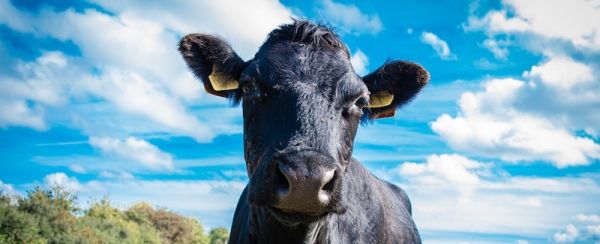|
Three Day Sickness
Bovine Ephemeral Fever (Three Day Sickness) is a viral disease of cattle spread by mosquitoes and biting midges which commonly occurs in Northern Australia and extends down the eastern coast into northern NSW. The distribution of these insects can vary with climatic conditions and outbreaks in inland NSW have occurred.
Vet Andrew Denman explains this disease and considerations for our cattle producers.
"This disease is normally seen between January and April. After discussion with the Local Land Services vets we believe that conditions in the Central Tablelands are ideal for possible outbreaks to occur in late Summer/early Autumn in 2017.
Infection is normally seen in bulls and heavier cattle. The classical signs are a high fever with salivation, lameness and reluctance to move lasting approximately 3 days (hence the name). Complications of the disease include infertility in bulls lasting up to 6 months and abortion in cows. Deaths are uncommon but can occur.
Infected animals can be treated with anti-inflammatories and calcium injections. A vaccine is available to prevent BEF however two doses two weeks to six months apart are required and the animal is not fully vaccinated until two weeks after the second injection.
If you have any questions regarding BEF, or implementing a vaccination program please feel free to contact OVH to discuss them with any of the veterinarians 63618388."
|
